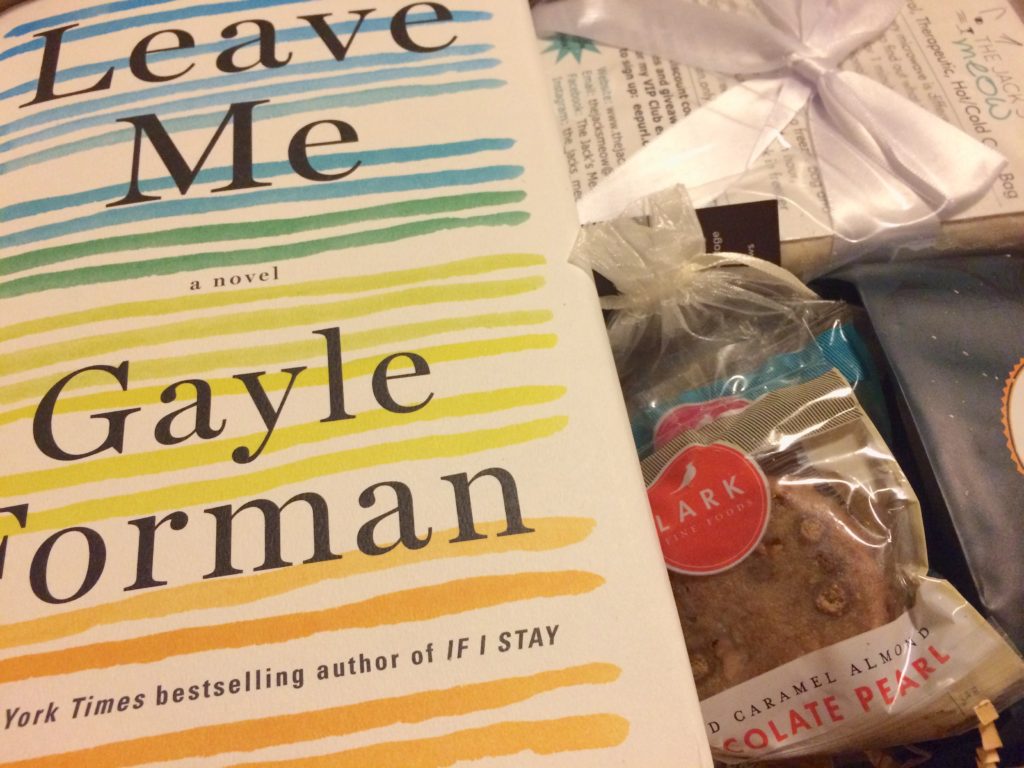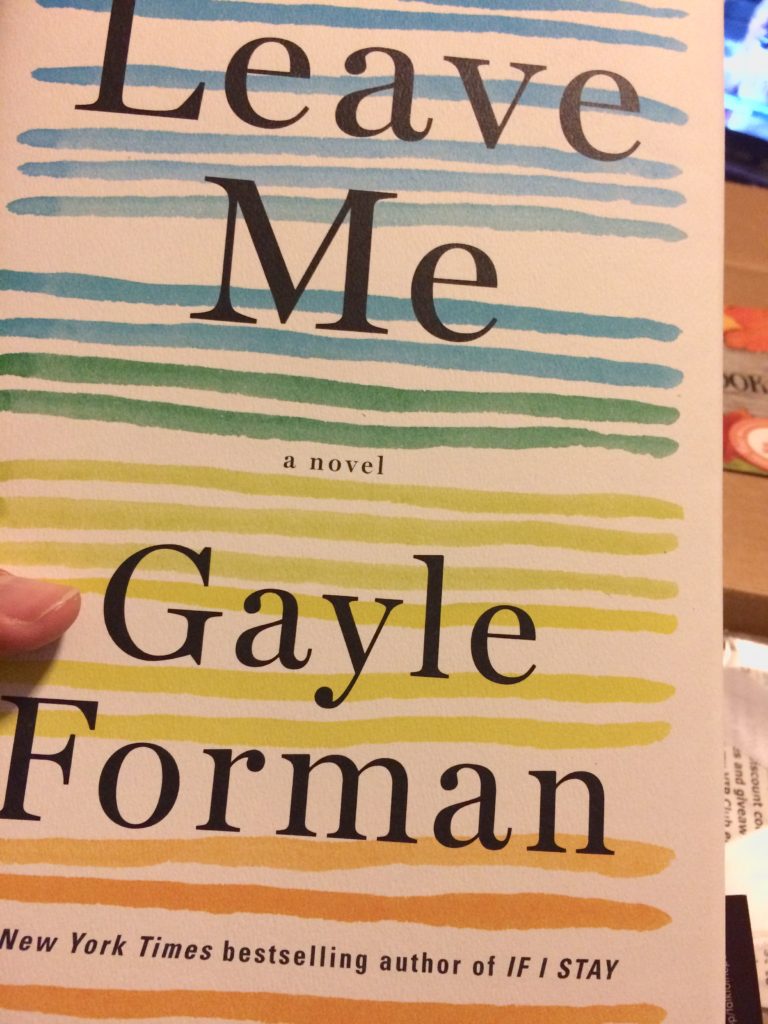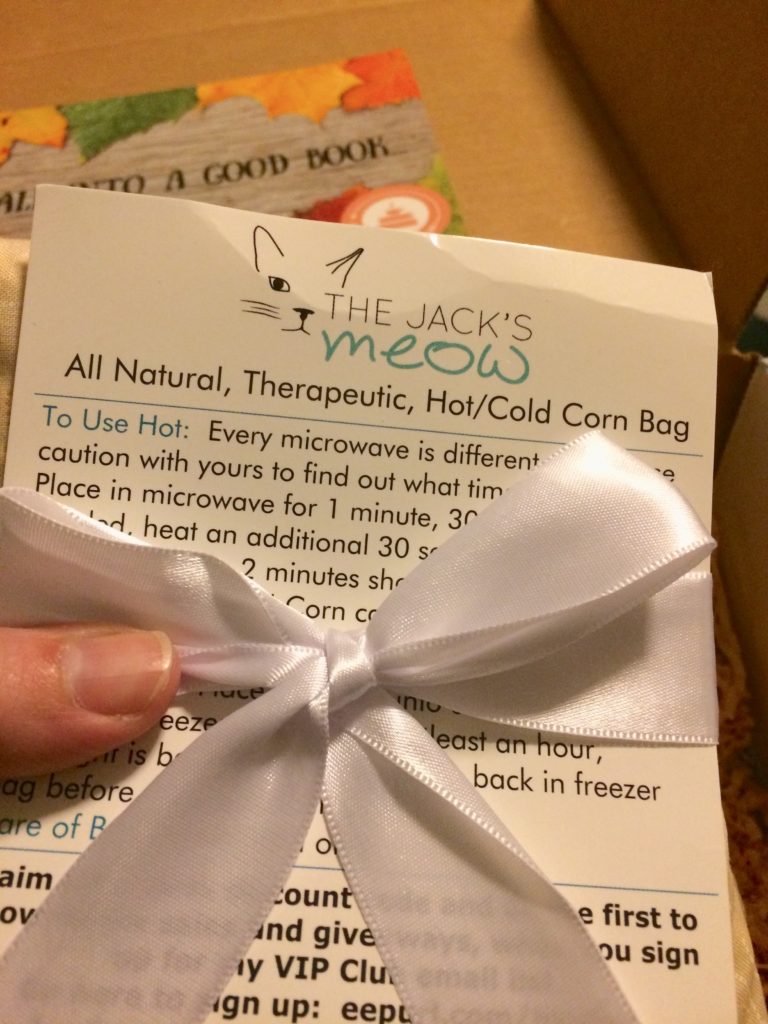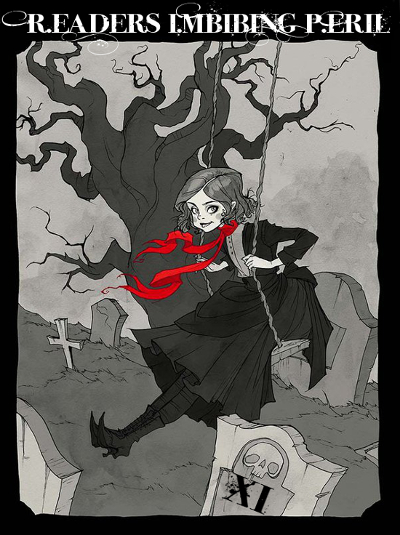

I have already decided I need to quit NaNoWriMo. Before anyone gives me a pep talk, I have two really good reasons:
- My heart isn’t in it. My grandmother, one of the most important people in my life, is gravely ill, and I think it’s just a matter of time. My head is not right for writing right now, at least not something like NaNoWriMo.
- I have a great idea, but it’s becoming extremely clear to me that I need to do more research on the topic before I feel confident enough to write about it. I have the materials I need to do the research, but not the time or the focus (see #1).
It bothers me to give up so soon, and I hate kicking myself for something that I need to do for my own good right now. I keep wondering what Granna would want me to do.
I went out this morning and had my hair cut. I picked up some coffee and washed and vacuumed my car. The leaves are gorgeous right now. A riot of gold, red, and orange. There just isn’t anything in the world like fall in New England, even in an old industrial factory town like Worcester. The beauty of the trees just pierces me right through the heart. I hate it that my grandmother is lying in a hospital bed, 2,000 miles away, when everything is so beautiful right now. When it’s my favorite time of year.
When I visited my grandparents in July 2014, I had an opportunity to talk with both of them about whatever they wanted. While talking with my grandparents about how they met and married, I realized that my own marriage story was similar. My grandparents were married 66 years on October 27. I made a video about our two marriage stories.
I have a great deal of interview audio. I am so lucky to have it. I also made this video about my grandmother’s work as a seamstress.
I don’t know when my grandmother is going to leave us. She nearly left us two weeks ago, but she rallied. The last few days, however, it seems as if she has had one more medical issue after another. She’s really scared. I’m really scared. I don’t really know how to be without her. I know that it’s part of life—getting used to losing people. I am really lucky I have had my grandmother for 45 years. I really am. I am also really lucky that I haven’t lost an extremely close relative like this before now. But selfishly, I wish there was a way that she could stay. I wish she didn’t have to leave me behind. I don’t know how you get ready to say goodbye. I’m not really sure it would have mattered when she left; I probably never would have been ready. I just love her very much. I am so grateful she is my grandmother because she is absolutely the best grandmother in the world. I don’t even want to imagine what my life would have been like without such a grandmother, and I don’t want to imagine how different it will be without her. But I know this: I am extraordinarily blessed to have had my beautiful grandmother in my life.
I have to give credit to my husband. I borrowed the idea in the title of my post from a poem I remember that he wrote some years ago.




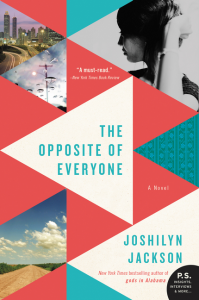
 About Joshilyn Jackson
About Joshilyn Jackson

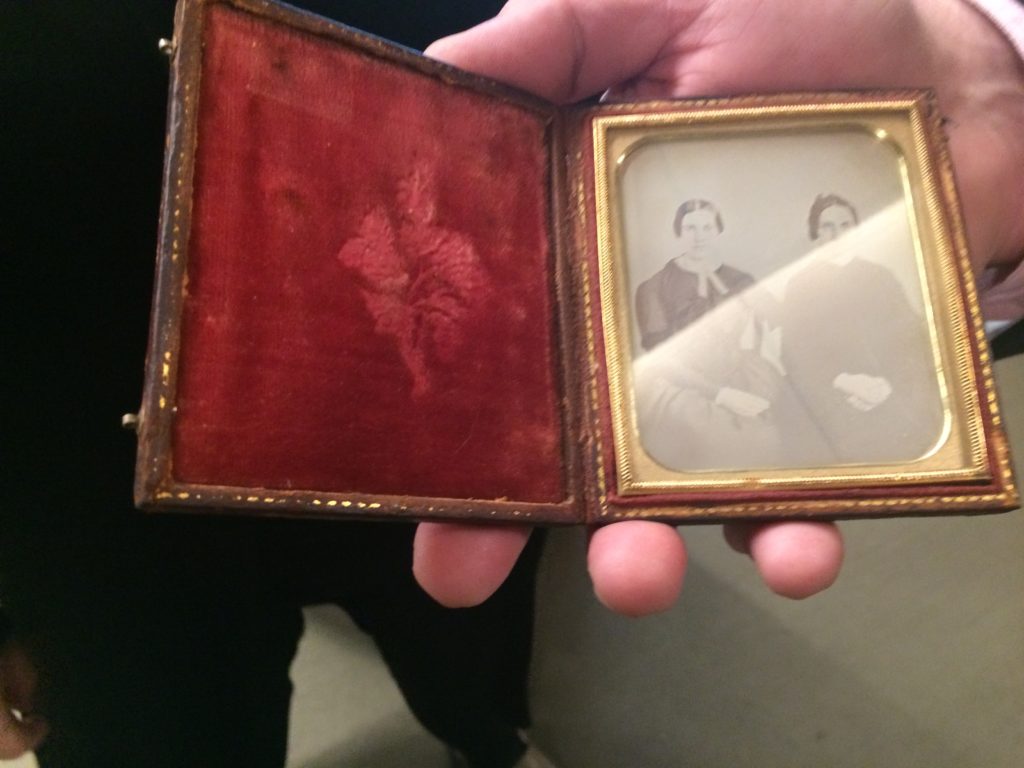
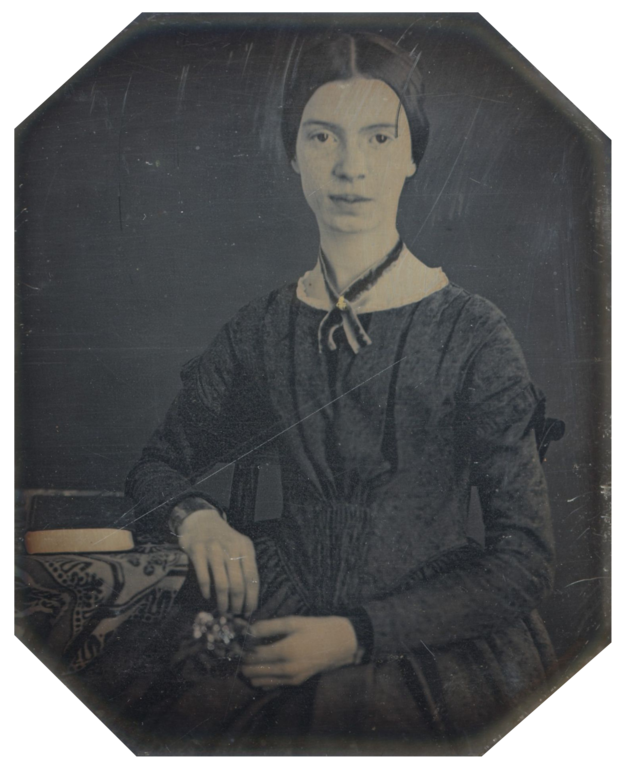

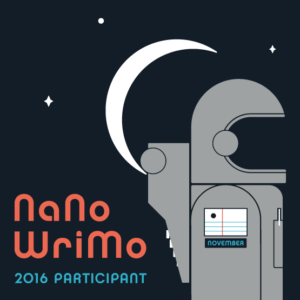 I don’t know that I’ll be able to do 50,000 words this November, but I’ve signed up again for
I don’t know that I’ll be able to do 50,000 words this November, but I’ve signed up again for 

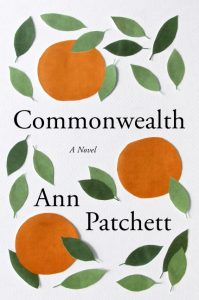


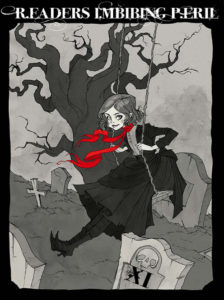
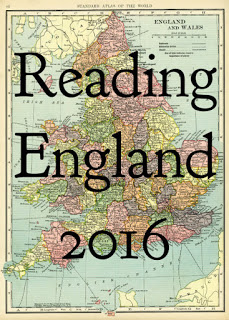
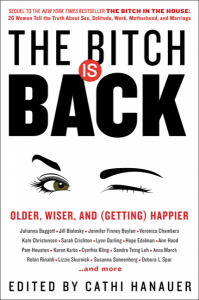
 About Cathi Hanauer
About Cathi Hanauer